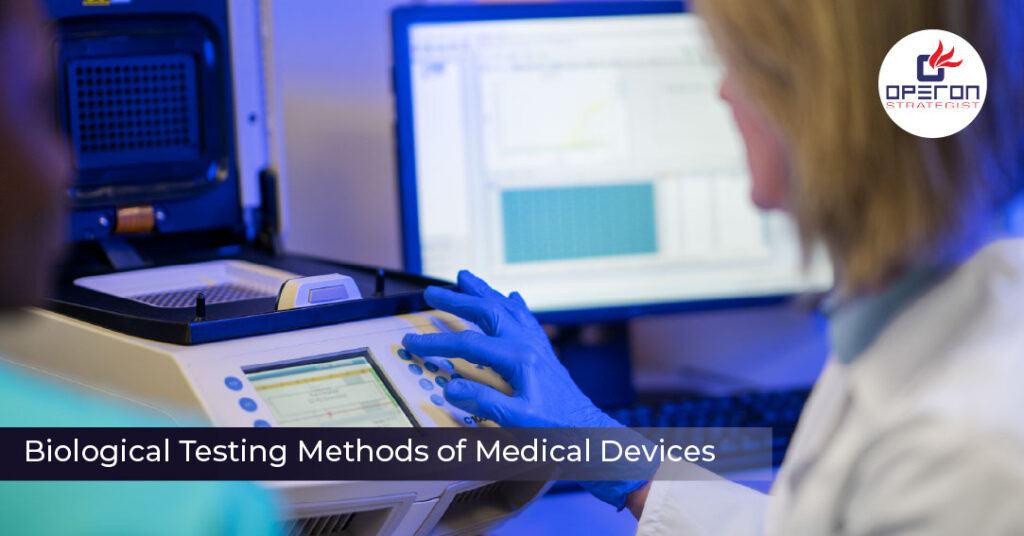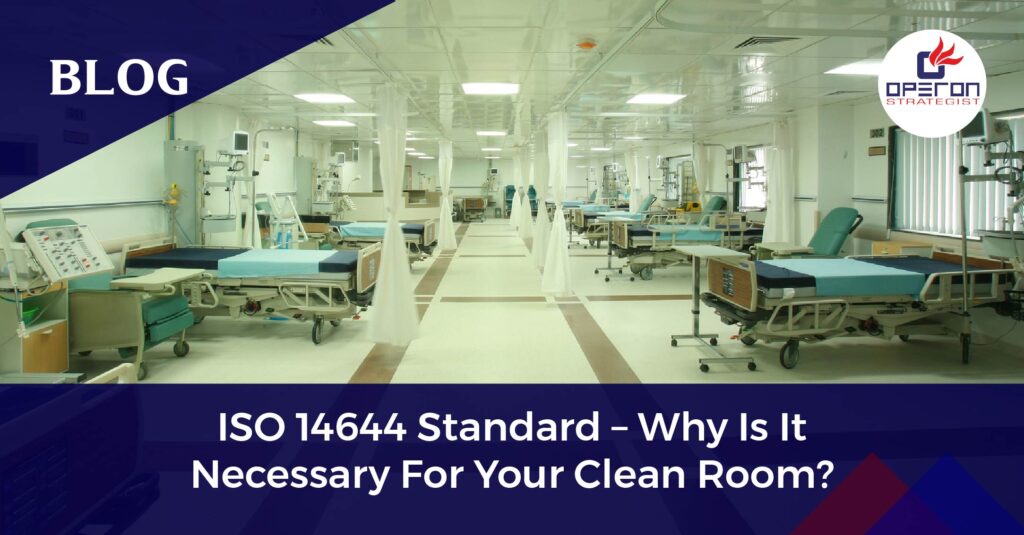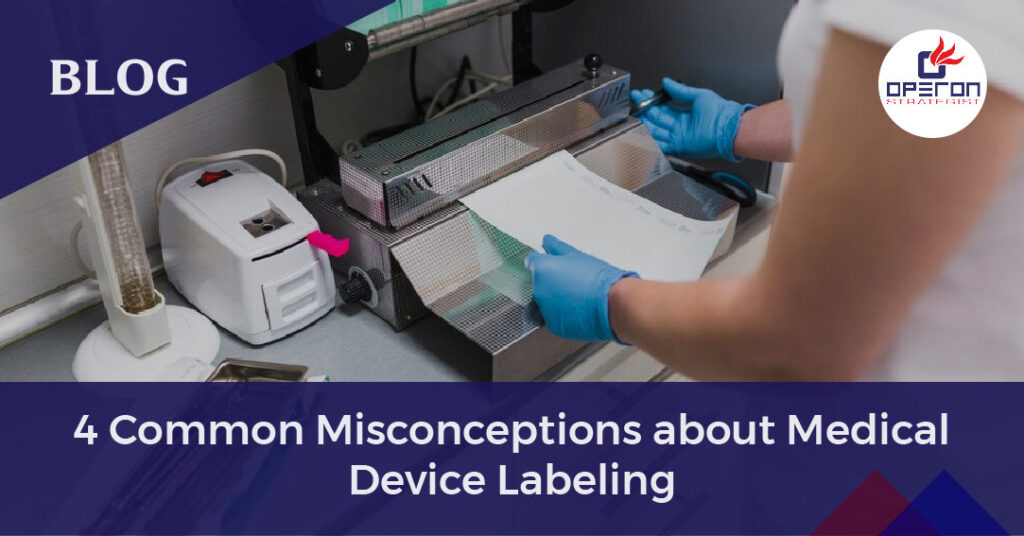Introduction
Medical devices come in direct or indirect contact with the human body, which makes safety a top priority. Any material used in a device can cause potential risks such as toxicity, irritation, or allergic reactions. To ensure safety and compliance, manufacturers must conduct biological testing of medical devices as part of the regulatory approval process.
This blog explains what biological testing is, why it matters, and the different methods used. If you are a medical device startup, manufacturer, or importer looking to bring your product to market, understanding these testing methods will help you navigate regulatory requirements and avoid delays.
Looking For a Medical Device Regulatory Consultant?
Let’s have a word about your next project
What is Biological Testing of Medical Devices?
Biological testing of medical devices refers to a series of laboratory assessments carried out to evaluate how device materials interact with the human body. These tests determine whether the device is safe, biocompatible, and suitable for its intended use.
Testing is performed following global standards such as ISO 10993 (Biological Evaluation of Medical Devices) and is a requirement for regulatory submissions to bodies like the US FDA, European Medicines Agency (EMA), and other national authorities.
In short, biological testing ensures that medical devices do not cause harmful biological responses such as cytotoxicity, irritation, systemic toxicity, or sensitization.
Why is Biological Testing Important?
Biological testing is not just a regulatory requirement, but also a crucial step for protecting patients and building trust in your device. Here are the key reasons why it matters:
- Patient safety – Confirms the device will not release toxic or harmful substances.
- Regulatory compliance – Required by authorities like the FDA, CE Marking under MDR, CDSCO, and other agencies.
- Market approval – Incomplete or poor-quality biological testing can result in rejection or costly delays.
- Product reliability – Ensures your device performs safely throughout its lifecycle.
- Risk management – Reduces chances of product recalls, lawsuits, or reputational damage.
Factors That Influence Biological Testing
Before diving into methods, it’s important to know that the type and extent of biological testing of medical devices depends on:
- Type of device (implant, disposable, diagnostic, etc.)
- Nature of body contact (skin, blood, bone, tissue, etc.)
- Contact duration (short-term, long-term, permanent implant)
- Device materials (metal, polymer, ceramic, silicone, etc.)
- Sterilization process (gamma, EtO, autoclave, etc.)
Regulators expect manufacturers to assess these factors and choose relevant biological tests accordingly.
Key Biological Testing Methods of Medical Devices
Cytotoxicity Testing
This test evaluates whether a material has toxic effects on living cells. A sample of the device is placed in contact with cultured cells, and the cell response is observed under a microscope. Any signs of cell damage or death indicate cytotoxic potential.
- Purpose: Detects toxic leachables and degradation products.
- Importance: First step in biocompatibility evaluation.
Sensitization Testing
Also known as the Guinea Pig Maximization Test or Local Lymph Node Assay, this method determines whether a material causes allergic skin reactions.
- Purpose: Assesses allergic responses such as rashes or inflammation.
- Importance: Critical for devices that contact skin or mucous membranes.
Irritation or Intracutaneous Reactivity Testing
This test checks for localized irritation when a material is applied to or injected into the skin. Reactions like redness, swelling, or pain are observed and compared against controls.
- Purpose: Evaluates local inflammatory responses.
- Importance: Key for surface-contacting devices such as dressings or catheters.
Acute Systemic Toxicity Testing
This test measures the effect of extractables or leachables on the entire body after a single exposure. Typically conducted in animal models, it monitors symptoms like behavioral changes or mortality.
- Purpose: Detects harmful systemic reactions.
- Importance: Required for implantable and blood-contacting devices.
Subacute and Chronic Toxicity Testing
Unlike acute toxicity, these tests evaluate long-term exposure effects ranging from weeks to months. They provide data on cumulative toxicity, carcinogenicity, or organ damage.
- Purpose: Studies prolonged effects of material exposure.
- Importance: Mandatory for long-term implants and permanent devices.
Hemocompatibility Testing
For blood-contacting devices like stents, catheters, or dialysis equipment, hemocompatibility testing ensures the device does not cause clotting, hemolysis (destruction of red blood cells), or other adverse blood reactions.
- Purpose: Checks clotting, platelet activation, and red blood cell damage.
- Importance: Essential for cardiovascular devices.
Genotoxicity and Carcinogenicity Testing
These tests examine whether device materials can damage DNA or cause cancer.
- Genotoxicity: Uses assays like Ames test to check for DNA mutations.
- Carcinogenicity: Long-term studies on animals to detect tumor formation.
- Importance: Required for devices intended for chronic or lifetime exposure.
Implantation Testing
This test involves implanting the device or material into living tissue to evaluate local tissue responses such as inflammation, fibrosis, or necrosis.
- Purpose: Mimics real-life clinical use.
- Importance: Critical for orthopedic, dental, or permanent implants.
International Standards for Biological Testing
The most widely accepted framework for biological testing of medical devices is the ISO 10993 series, which provides guidelines on selecting tests based on device category and contact type.
Some key parts include:
- ISO 10993-1: Evaluation and testing within a risk management process
- ISO 10993-5: Tests for in vitro cytotoxicity
- ISO 10993-10: Tests for irritation and sensitization
- ISO 10993-11: Tests for systemic toxicity
Compliance with ISO 10993 is recognized by FDA, CE, CDSCO, and many global regulatory authorities.
Challenges in Biological Testing
While biological testing is essential, manufacturers often face challenges such as:
- High testing costs and long timelines
- Variability in test results across labs
- Regulatory changes that require updated studies
- Ethical concerns in animal testing
- Need for accurate risk assessments before testing
Partnering with experienced consultants can help streamline the process and avoid unnecessary delays.
Need help with biological testing of medical devices? Talk to our consultants today.
How Operon Strategist Help
At Operon Strategist, we assist medical device manufacturers with:
- Selecting the right biological tests based on ISO 10993 and FDA guidance
- Coordinating with certified laboratories for testing
- Preparing documentation for regulatory submissions
- Supporting FDA 510(k), CE Marking, MDSAP, and other approvals
Our expertise ensures your device meets safety requirements and reaches the market faster.
Looking for guidance on biological testing and regulatory compliance? Contact Operon Strategist today.
- adminhttps://operonstrategist.com/author/admin-2/
- adminhttps://operonstrategist.com/author/admin-2/
- adminhttps://operonstrategist.com/author/admin-2/
- adminhttps://operonstrategist.com/author/admin-2/




